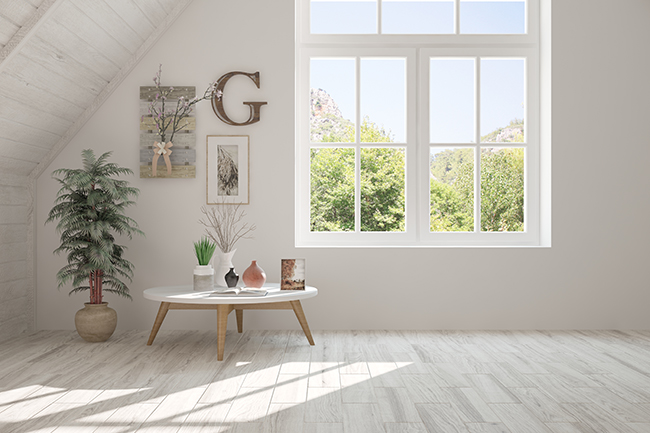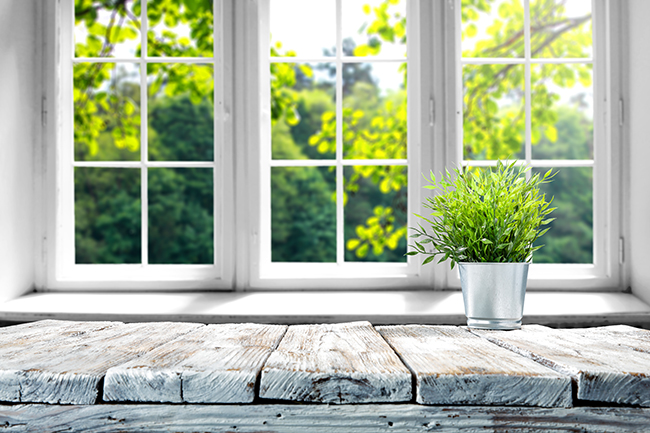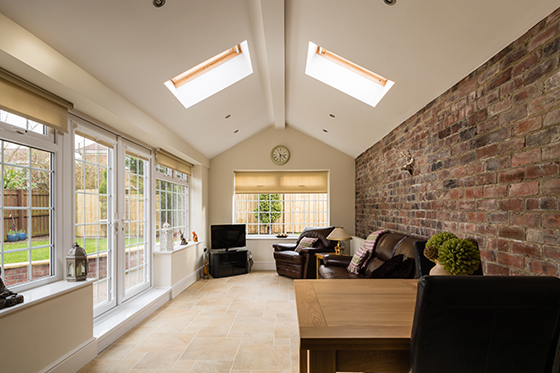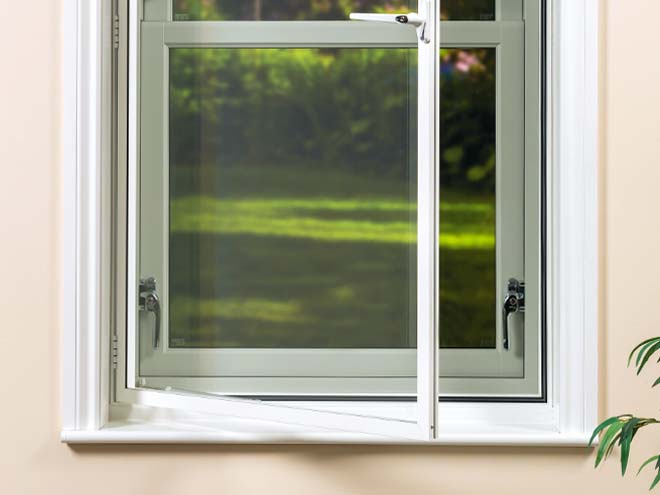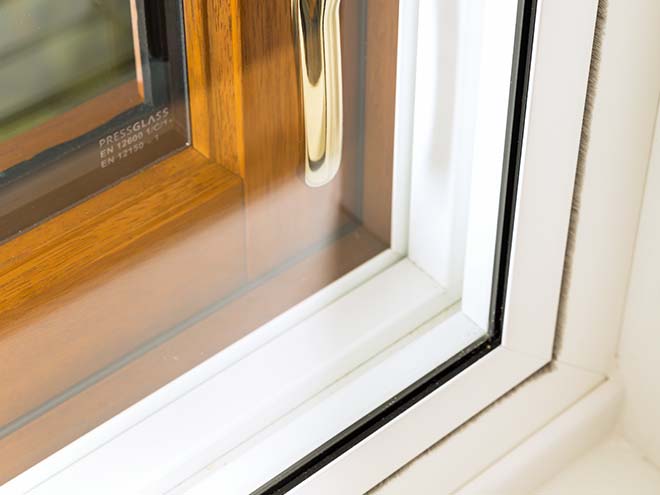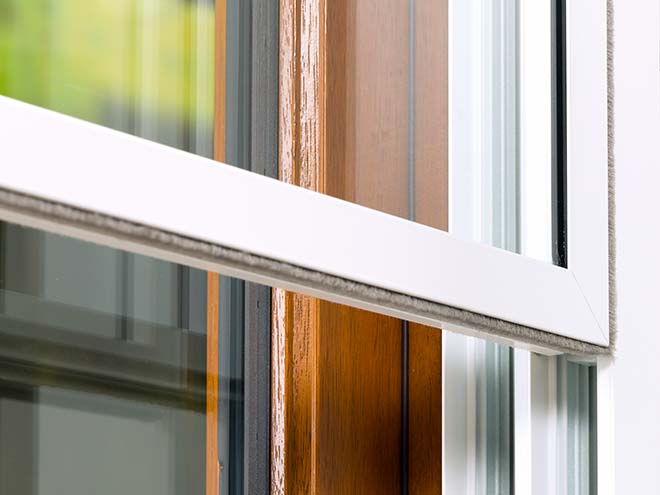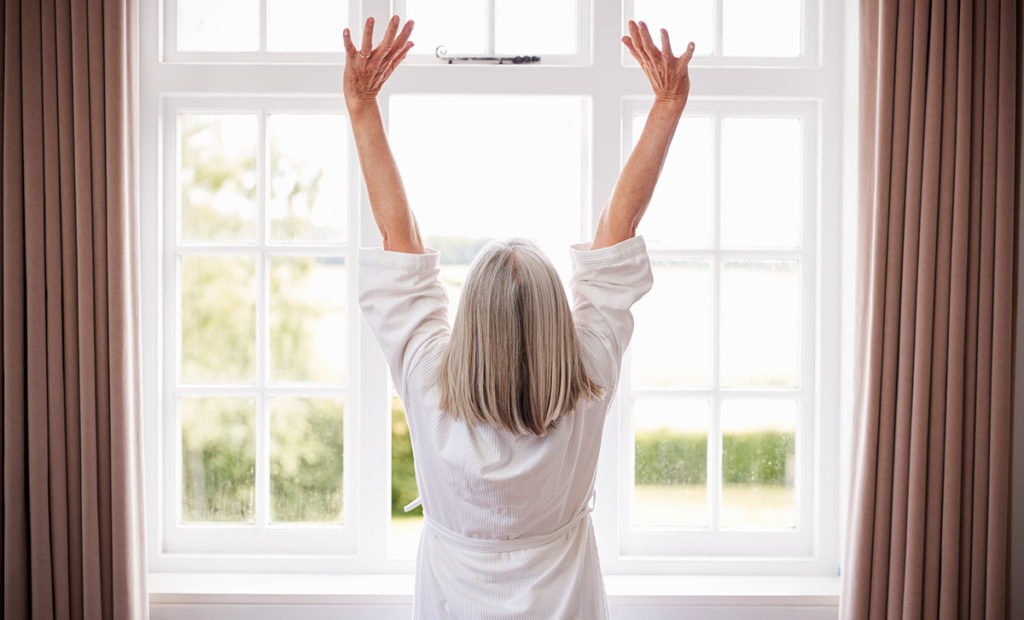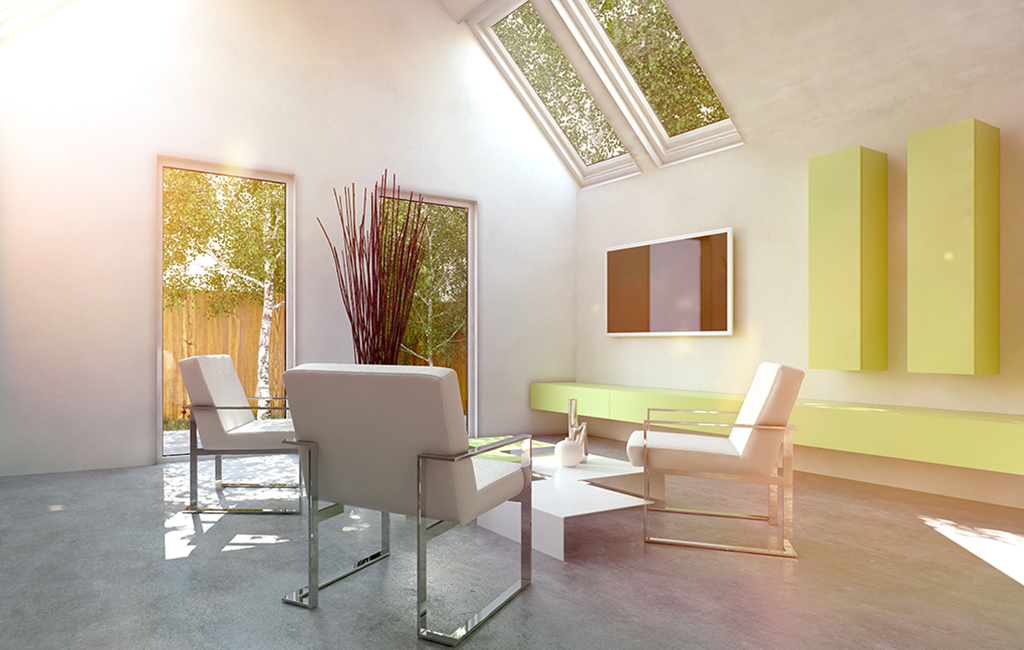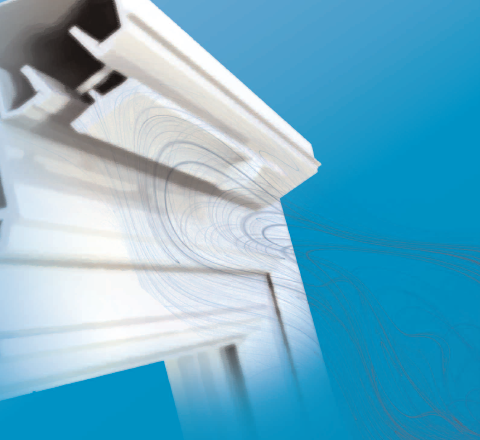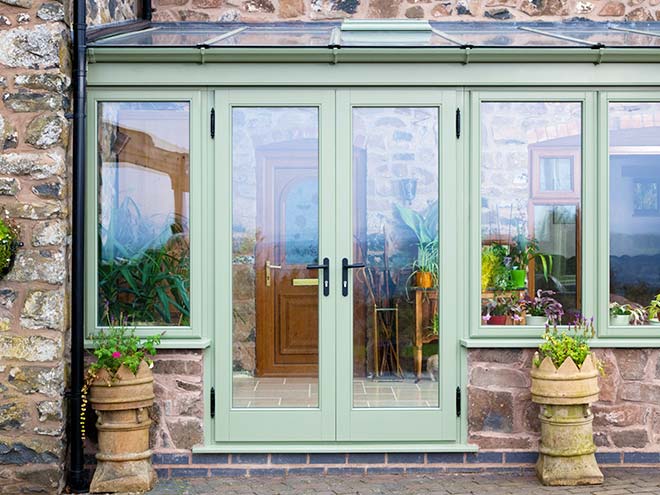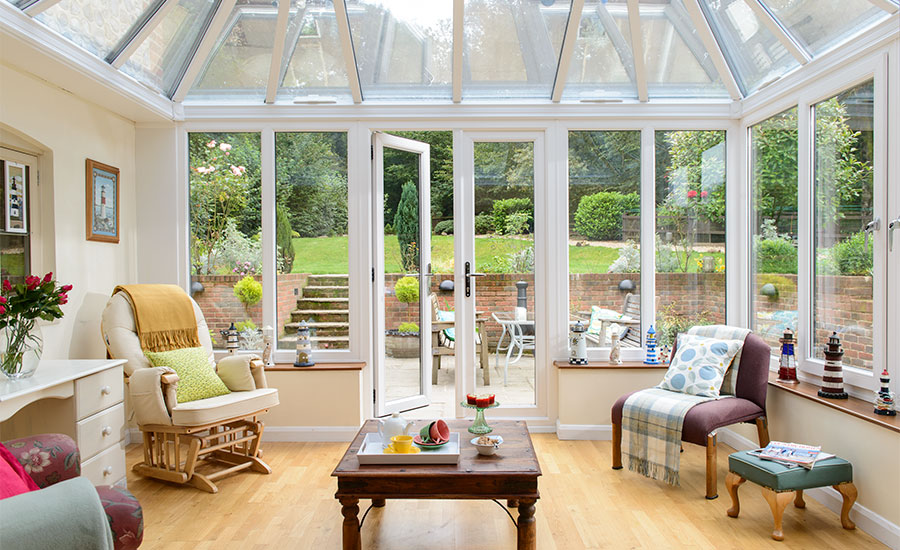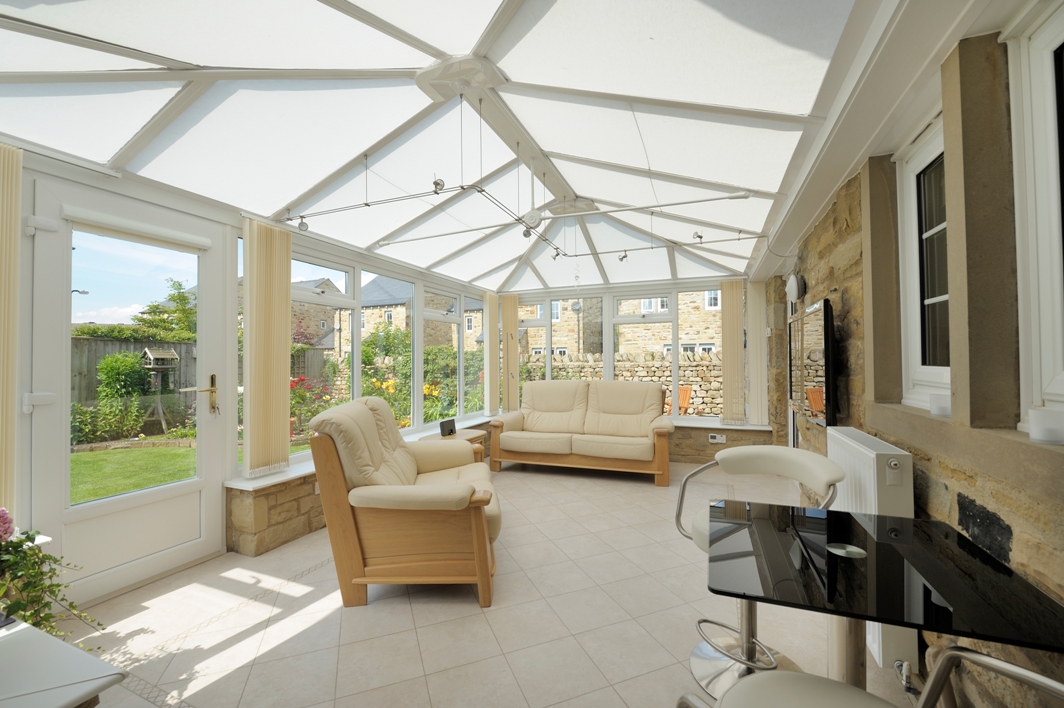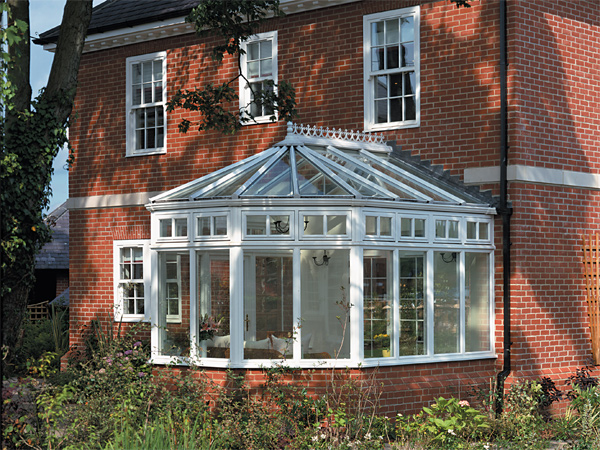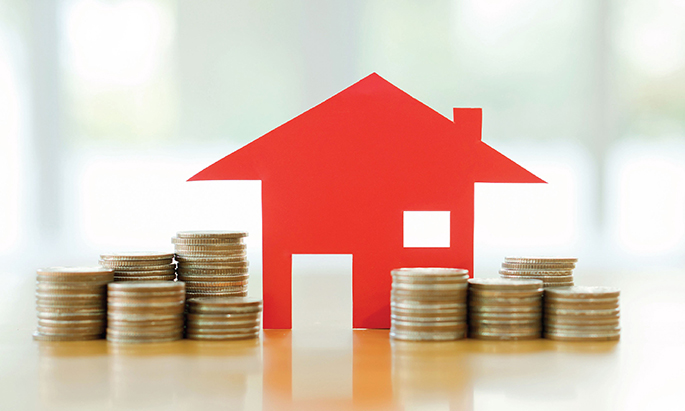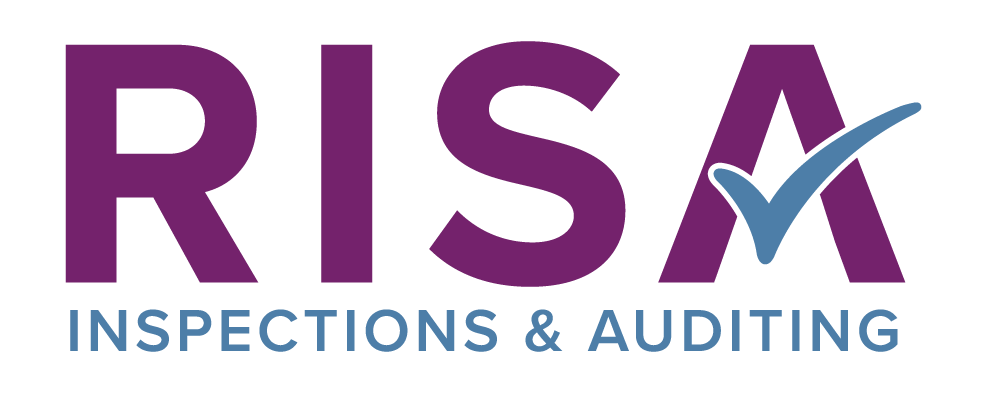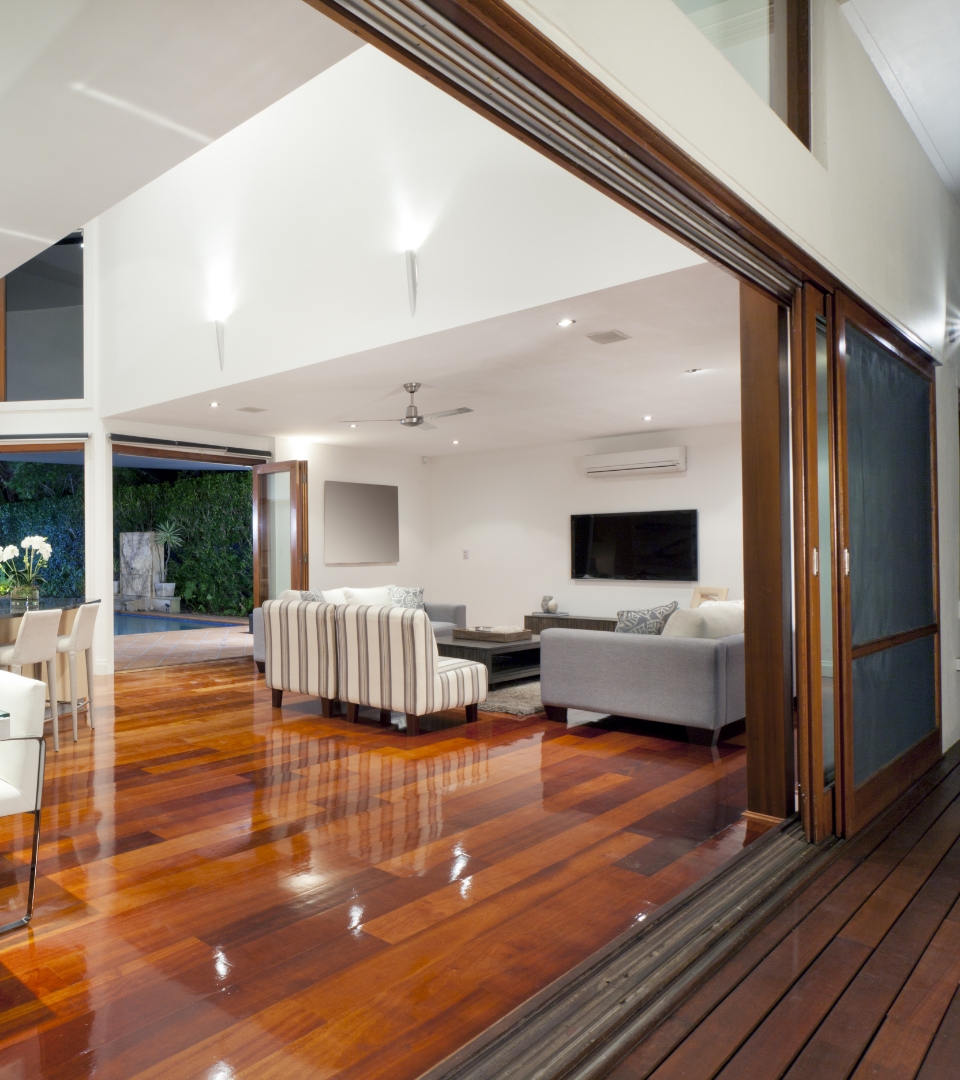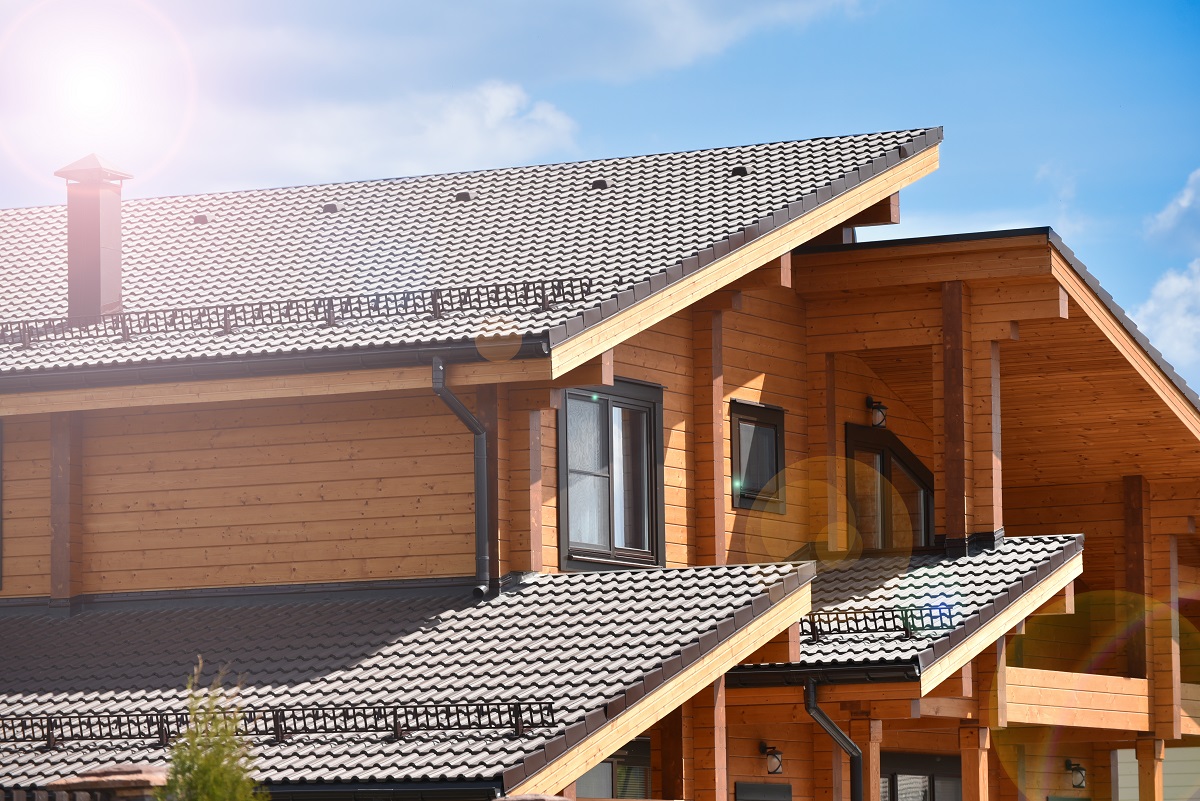
Winter may well be coming, but summer is here! As the mercury rises we look at some simple ways you can stay cool and comfortable at home this summer.
1. Get the air flowing
On a warm and stuffy day, a breeze can be a lifeline. Luckily it’s one of the simplest things to create – simply open some windows or doors! Whether you have casements, tilt and turn or sash windows, French doors or wide-opening bifolds – even cracking these open a tiny bit can make a difference. If you’re worried about security at night, window locks can keep windows secure while allowing you to benefit from a cooling breeze.
For added effectiveness, strategically open windows or doors on opposite sides of your home. This should set up a corridor of airflow, getting the air moving and provide some cooling relief. It will also provide a healthy dose of ventilation for your home, helping to vent airborne pollutants and moisture, and bringing in clean, fresh air.
2. Throw some shade
Retreating to the shade is a perfect way to stay cool in your home. Using conservatory, door and window blinds and shutters during the warmer months can help keep your living spaces comfortable.
While the evenings may be nice and cool, if your home has spent the day warming up in the sun it can be tough coming home to a virtual greenhouse each night.
During the warmest hours, you can achieve more effective temperature control with blinds and shutters so come the end of the day, you can relax and enjoy the long summer evenings in comfort.

3. Can’t stand the heat? Cook something different…
When the temperature soars outside, anything you can do to keep it cool inside helps. The kitchen is a good place to start, and the oven and stovetop in particular are common culprits. Nothing beats the warmth and aromas emanating from an oven on a winter’s day… in summer however, this can make the kitchen and adjacent living spaces uncomfortably warm.
Where possible, look to limit how much you use heat producing appliances like the oven on warmer days. If you have a barbecue outside this is the perfect time to make the most of it – open up those patio doors and fire it up in the fresh air – or prepare cooler meals and ones that require less prolonged warming.
4. Open those trickle vents
Opening windows and doors is a good way to actively and rapidly ventilate your home. However don’t forget the benefits of passive ventilation – like that provided by trickle ventilators.
This kind of background ventilation can provide a home with a secure and constant source of ventilation even when windows are locked in a closed position.
5. Install energy efficient light bulbs
Light bulbs give off heat as well as light, so switching to ones that radiate less of the former can make a difference. Energy efficient bulbs such as fluorescent and LED light bulbs generate significantly less heat than incandescent bulbs. If your house has more than a few of the latter, changing to eco-friendly bulbs could be a good idea.
Doing so could even save you money in the long term. According to Energy Saving Trust, by replacing all bulbs in your home with LED alternatives you could save around £35 a year on electricity bills.

6. Retrofit window film
Rooms with a high proportion of glazing – such as conservatories and orangeries – can be susceptible to overheating in summer. If this is a problem for you, you may want to consider window film as a potential solution.
Specialised solar control window film can help to dramatically decrease heat transfer across windows, keeping rooms cooler and reducing glare from the sun. This can increase comfort and can also be beneficial for furniture positioned next to windows or doors, which is often at risk of fading over time from exposure to UV radiation.
See more ideas: How to keep a conservatory cool in summer
7. Is it time to upgrade your windows?
If your home is overheating this summer, one of the reasons could be that your windows aren’t providing enough thermal insulation.
Normally when we think about energy efficient glazing such as double or triple glazed windows, we think about its ability to keep warmth inside a home and the cold out. Yet the same insulating properties that make this possible also help to reduce the impact of hot outside temperatures by keeping warm air out and the air inside a home cool.
Upgrading the windows in your home can lead to better thermal insulation, as well as reduced noise pollution and a more comfortable living environment. It can also help to lower your overall energy usage and fuel bills.

 Emergency Glaziers
Emergency Glaziers GGF Shop
GGF Shop MyGlazing.com
MyGlazing.com Find a GGF Member
Find a GGF Member